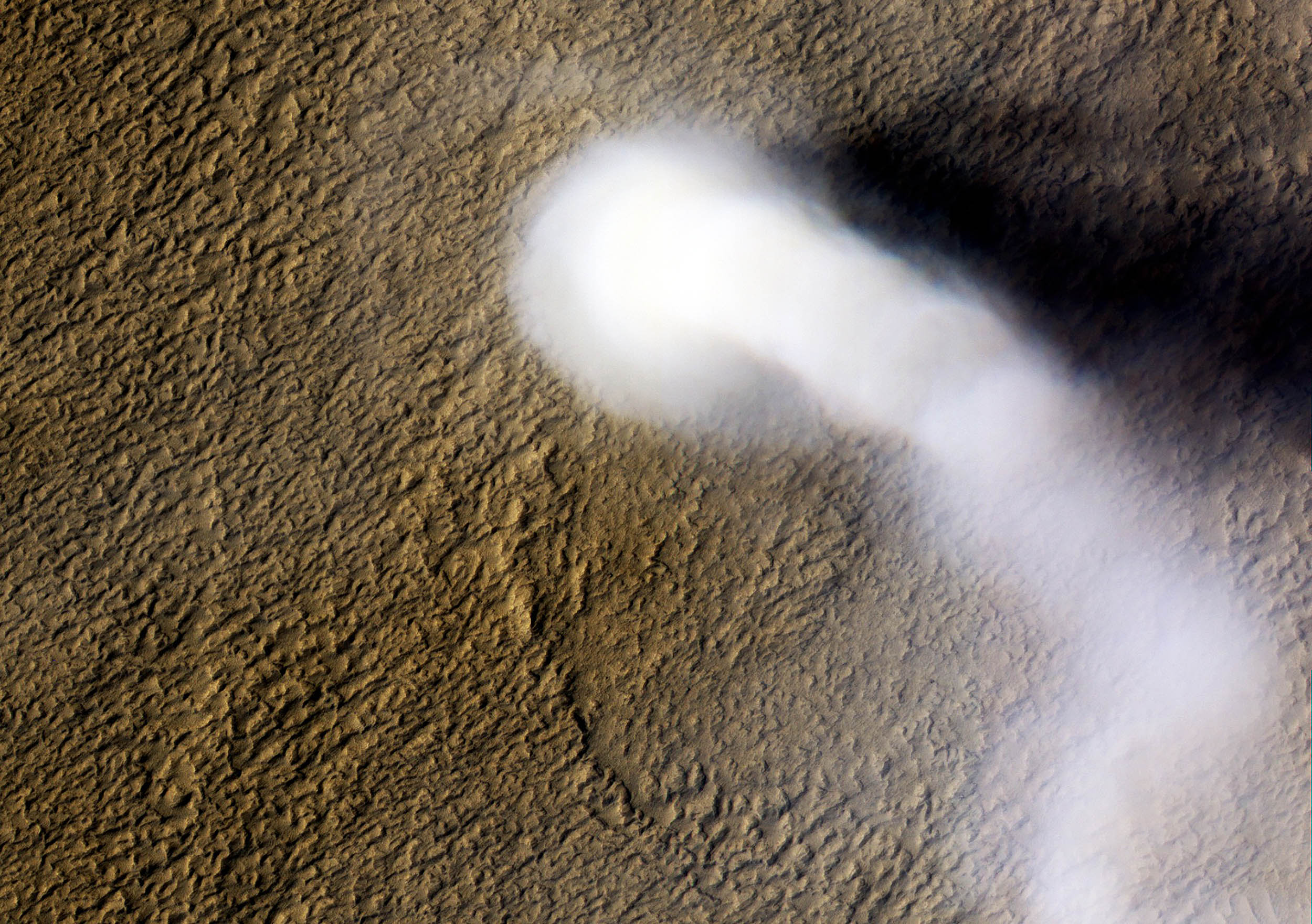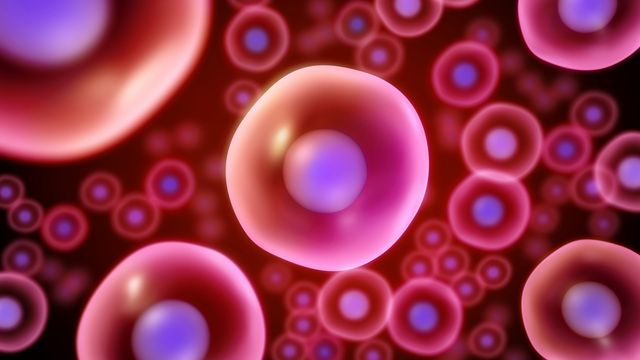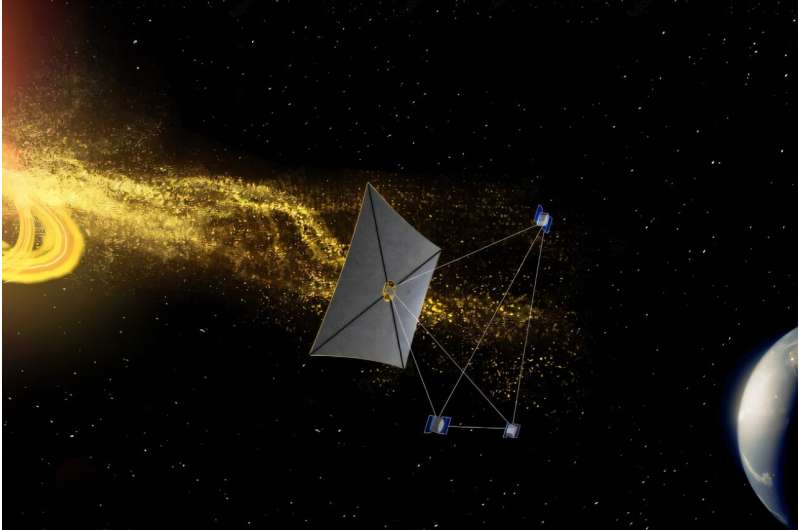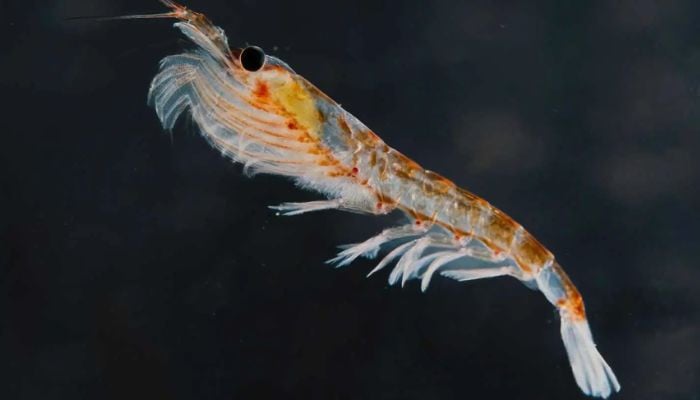Avoiding, or at least limiting the damage from, geomagnetic storms is one of the most compelling arguments for why we should pay attention to space. Strong solar storms can have an impact on everything from air traffic to farming, and we…
Category: 7. Science
-

Total solar eclipse reveals how birds depend on light and dark for biological cues
The total solar eclipse in North America on April 8, 2024, temporarily reset the biological clocks of some bird species, according to new research.
The eclipse created a dramatic spectacle…
Continue Reading
-
Just a moment…
Just a moment… This request seems a bit unusual, so we need to confirm that you’re human. Please press and hold the button until it turns completely green. Thank you for your cooperation!
Continue Reading
-
NASA plan for astronauts to live on the Moon inside ‘lunar glass’ domes
An ambitious plan to build ‘lunar glass’ domes on the surface of the Moon has received backing from NASA.
Cast your mind back to being a child and think about how you imagined futuristic space travel. Chances are, it is likely that lunar colonies…
Continue Reading
-

Mars orbiters capture closest images of rare comet 3I/ATLAS
In early October, astronomers spotted something ancient and mysterious gliding past Mars. It was not a spacecraft or satellite, but a visitor from beyond our Solar System – an interstellar comet.
Comet 3I/ATLAS is only the third interstellar…
Continue Reading
-

Wildflowers turn solar farms into havens for bumblebees
Across the British countryside, sunlight now feeds two kinds of life. Solar panels feed homes with power. Wildflowers beneath them feed bees. The hum of insects mixes with the quiet hum of electricity.
This blend of technology and nature has been…
Continue Reading
-

Mars images uncover a world of dust devils and wild winds
Scientists have tracked 1,039 dust devils – tornado-like whirlwinds that skitter across the Red Planet. To do this, the team stitched together two decades of images from the European Space Agency’s (ESA’s) Mars Express and ExoMars Trace Gas…
Continue Reading
-

New SDR-Seq Tool Links DNA Variants to Disease
Scientists have long suspected connections between heredity and disease, dating back to Hippocrates, who observed certain diseases ‘ran in families’. However, through the years, scientists have kept getting better at finding ways to also…
Continue Reading


